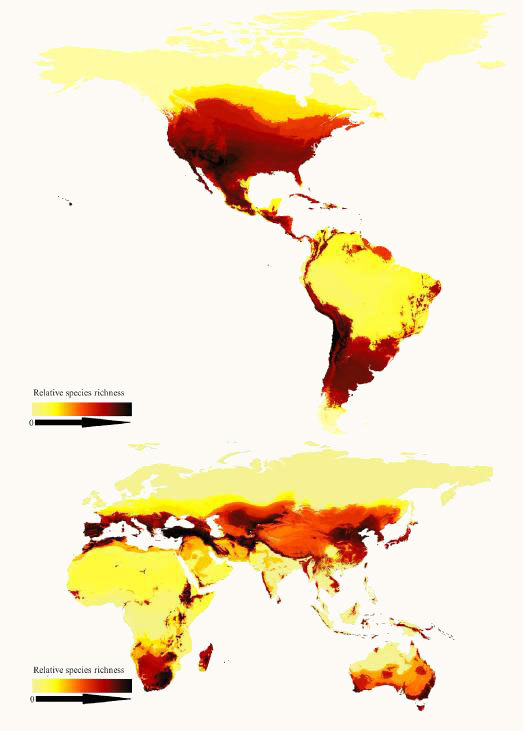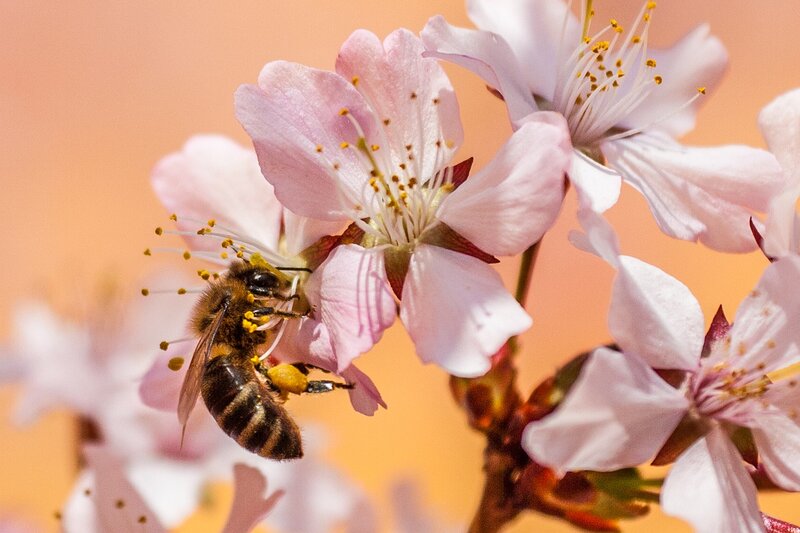Scientists have found that bee diversity is higher in the Northern Hemisphere than in the Southern, and that bees prefer temperate regions over the tropics. This discovery was made by the team analysing nearly 6 million public records of where individual species have appeared around the world, leading to the creation of the first global distribution map for bees.
—
The project, published in the journal Cell Biology, contradicts most plant and animal distribution patterns, where diversity tends to be highest in the tropics and diminishes towards the poles.
What is Happening?
- Data for more than 20 000 bees was examined, which helped the team find that in addition to preferring more temperate areas, bees also favour arid desert environments over forests, which is likely due to the fact that trees provide fewer sources of food for bees than low-lying plants and flowers, such as desert superblooms.
- The US has the most species of bees, but there are also vast areas of Africa and the Middle East which have high levels of undiscovered diversity, more than in tropical areas.
- The scientists say that the map provides an important baseline and clues to bees’ habits that can be used to help protect various bee species, as well as boost food security.
You might also like: Newly-Discovered Primate in Myanmar ‘Already Facing Extinction’

This map of the global distribution of bees above shows that bees prefer arid, temperate regions rather than the tropics. Areas with darker colours have more species (Source: Cell Biology).
John Ascher, a biologist at the National University of Singapore and senior author of the study, says, “People think of bees as just honey bees, bumble bees, and maybe a few others, but there are more species of bees than of birds and animals combined.”
Michael Orr, a postdoctoral fellow at the Institute of Zoology at the Chinese Academy of Sciences and lead author of the study, said to CNN, Climate change poses a large threat to many species. But that’s going to be irrelevant if we don’t protect the habitats of species that are being destroyed now.”

















